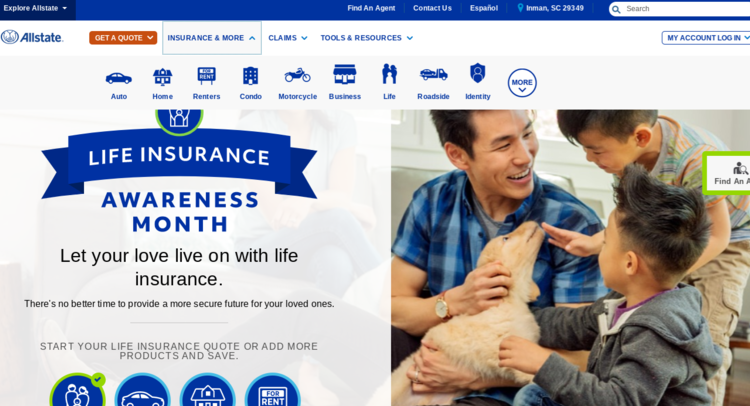Acknowledging the “accelerating” advances with anti-amyloid remedies for Alzheimer’s illness and conceding the “outdated” nature of limiting Medicare beneficiary protection to 1 amyloid positron emission tomography (PET) scan per lifetime, the Facilities for Medicare and Medicaid (CMS) has proposed the elimination of earlier PET protection restrictions that will broaden entry to newer therapies for Alzheimer’s illness.
Within the just lately issued proposal, the CMS indicated that Medicare protection of PET beta amyloid imaging would not be restricted to medical trial contributors and one PET beta amyloid scan per a affected person’s lifetime.
In a current interview previous to the CMS announcement, Mark Hibberd, M.D., the pinnacle of world medical companies and chief medical officer of life sciences at GE HealthCare, stated PET amyloid scans are a “best-in-class” technique for amyloid detection and questioned the protection limitation of 1 PET beta amyloid scan per lifetime for Medicare beneficiaries.
“As soon as may be sufficient to make a analysis. The primary time you obtain such a scan, after all, you might not have any amyloid. However later in your life, you may. That will be an issue in case you have been denied protection for a scan later in your life in case you develop dementia,” famous Dr. Hibberd.
“Alternatively, it might turn into essential to observe the elimination of amyloid from the mind to resolve on how therapies, particularly costly therapies or therapies that will have important negative effects, are managed. If follow-up scans have been obligatory, limitations to having a couple of scan in your life may be a problem.”
Within the proposed adjustments, CMS stated rising analysis on anti-amyloid remedies for Alzheimer’s illness have made the aforementioned lifetime protection restrict on amyloid PET imaging out of date.
“Stakeholders and sufferers have particularly famous that the as soon as in a lifetime restrict on amyloid PET is outdated and never clinically acceptable because of the improvement of anti-amyloid remedies, and the necessity to affirm the presence of amyloid to begin these remedies and to presumably discontinue remedies when mind amyloid has been fully eliminated to keep away from pointless harms,” famous the authors of the CMS proposal.
Newer remedies, such because the just lately FDA-approved lecanemab (Legembi, Eisai), require pre-treatment testing to evaluate the presence of amyloid plaque. In a current assertion, Helen Nadel, M.D., the president of the Society of Nuclear Imaging and Molecular Imaging (SNMMI), stated the amyloid PET scan is “an important software” for making certain acceptable affected person choice for Legembi in addition to post-treatment monitoring.
In new analysis printed earlier this week taking a look at the usage of donanemab (Eli Lilly) in sufferers with early symptomatic Alzheimer’s illness, the usage of amyloid PET scans demonstrated amyloid clearance in 76 p.c of the remedy group at 76 weeks. The examine authors additionally famous that “early important adjustments” on mind amyloid PET scans … “recommend alternatives for medical monitoring of remedy.”
In a current interview, Jacob G. Dubroff, M.D., Ph.D, stated the amyloid PET scan gives “a sublime, well-tolerated secure check to measure whether or not or not this irregular protein accumulation is there within the first place and whether or not the medicine has been efficacious over time.”
(Editor’s word: For associated content material, see “Hybrid PET/MRI Evaluation with Hippocampal Radiomics Might Facilitate Early Alzheimer’s Analysis” and “Extremely-Excessive Decision Mind PET: a ‘Quantum Leap’ for Neuroradiology.”)
Dr. Dubroff says the CMS proposal affords extra hope for Medicare protection of amyloid PET scans for sufferers with Alzheimer’s illness however navigating the numerous prices of anti-amyloid remedies and imaging goes to be significantly difficult.
“In case you open the floodgates and permit all of the testing and all of the remedy, that’s going to be some huge cash. How will we do that in a method that is sensible the place we will get probably the most profit out of imaging and the drug?,” questioned Dr. Dubroff, the modality chief of nuclear medication and remedy, and affiliate professor of radiology on the Hospital of the College of Pennsylvania. “Actually, not limiting the protection to 1 scan per lifetime, I believe that may be a response to those trials (of anti-amyloid therapies) exhibiting longitudinal (advantages) with a couple of scan and the clearing of the amyloid over time.”
The CMS famous that choices about Medicare protection of amyloid PET imaging might be made by native Medicare Administrative Contractors (MACs). Dr. Dubroff famous this may increasingly result in appreciable regional variability in Medicare protection choices.
“It’s going to be very heterogeneous as a result of it’s going to be by area. It’s not going to occur unexpectedly. There could also be variations in case you reside in California versus in case you reside in New York based mostly on what these directors resolve,” famous Dr. Dubroff.
The CMS famous a 30-day remark interval, which started July 17, for the proposed adjustments. One can publish feedback on the CMS proposal at: https://www.cms.gov/medicare-coverage-database/view/national-submit-public-comment.aspx?DocID=308&commentDocType=nca&fromPage=pmemo&proposed=Y

















